PRESS AND NEWS CENTER
Technicolor VFX Rides High Again With Peter Chomsky on Deputy
The ongoing relationship with the prolific producer keeps it all in the family with Technicolor VFX and finishing work from Technicolor Picture Post.
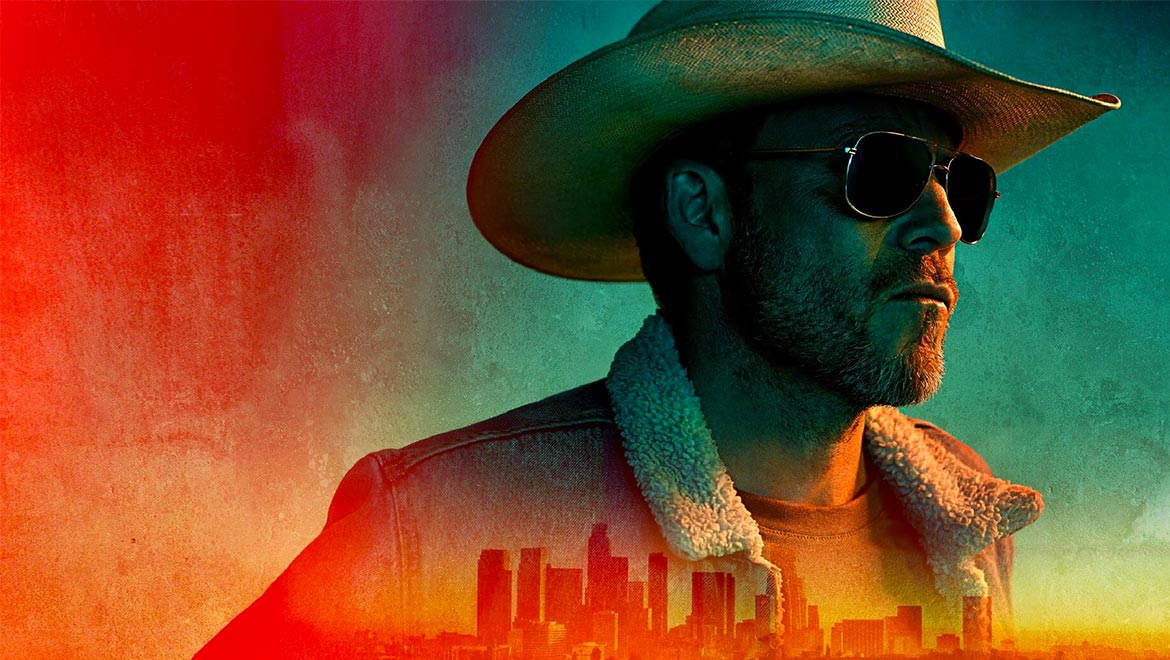
- Technicolor VFX offers the familiarity of a smaller, boutique facility, where you can build relationships over time with top creatives.
- At the same time, you can streamline finishing and other post functions with Technicolor, for faster turn-arounds and access to the latest technologies.
For his latest series – Deputy – producer Peter Chomsky is once again working with the Technicolor VFX team as well as Technicolor Picture Post in Los Angeles. It’s an ongoing relationship that started on the Amazon series Mozart in the Jungle, where all of the finishing work was being done at Technicolor.
The collaboration was so successful that Chomsky has found himself working with the Technicolor VFX team on every show since their two seasons of Mozart in the Jungle (2016 and 2018), including a pilot called Monsters of God (2017); The First (2018), a huge visual effects show; Bluff City Law (2019); and the first season of Dead to Me (2019).
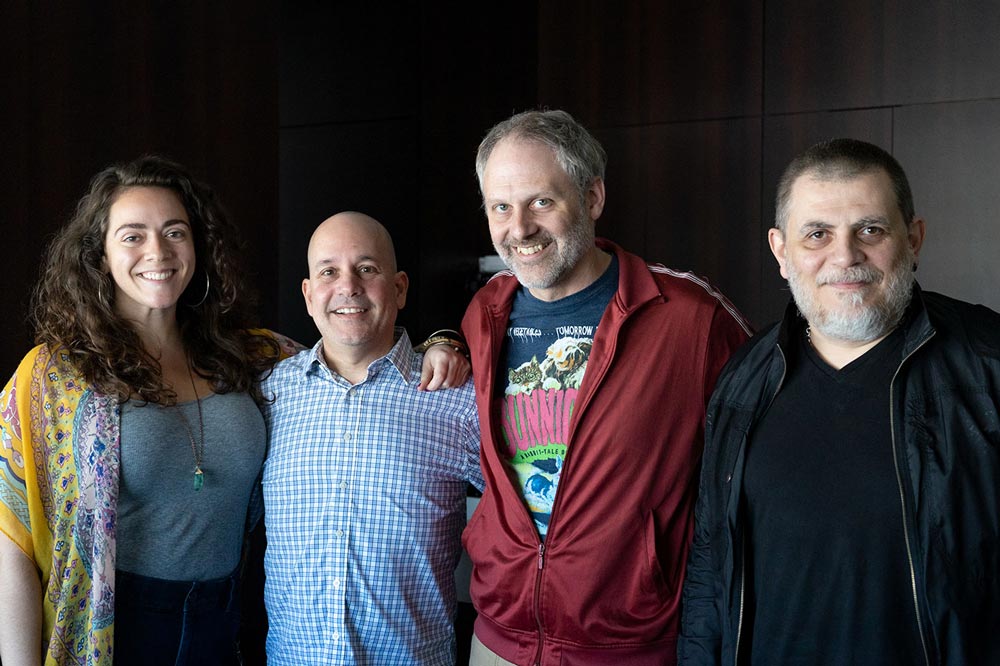
Left to Right: Tara Acquesta, Peter Chomsky, Alex Knudsen, and Archie Donato
Peter: Mozart in the Jungle was not supposed to be a heavy visual effects show. But by the time we locked our first episode, we would need visual effects – and everything was due in just four days. The finishing was already being done at Technicolor, so I asked them about the visual effects work, and that’s when I met Alex Knudsen (VFX Supervisor). Long story short, four days later, our first episode was done on time. And we haven't stopped working together since.
Alex: We’re able to make it easier and faster for Peter, because we can do all the work right here – you don’t have to divide work up and send it out somewhere else. And Peter doesn’t have to go through different avenues or deal with anybody else – he can reach out directly to the VFX team.
In that sense, Technicolor VFX offers the best of both worlds. A way of working that makes it more personal and familiar to those accustomed to smaller, boutique facilities. But with the backing of a larger entity that makes it possible to streamline all the other post functions and keep it all in-house.
Alex: We've actually grown a lot since Peter and I first started working together. We offer quadruple the number of artists, more supervisors and producers, and an enormous CG department. So it makes it even more special that it can still be so personal – that we can get to know people like Peter and even share a bit of our lives together outside of our work on the show. That family atmosphere is most important to me, and it comes from working together and developing trust and open communication.
On Dead to Me, the family would grow to include Tara Acquesta (VFX Producer) and Archie Donato (VFX Supervisor), both integral to all of Chomsky’s shows going forward. Leveraging Donato’s experience as a supervisor on set, Chomsky started bringing him along with him, first on Dead to Me and now on Deputy.
Tara: With Archie going on set, we can see and anticipate the full scope of what's going to be involved, and that means we can deliver the best bang for the buck – the best shot work with a faster turnaround.
Peter: As soon as I get the director’s cut, Tara breaks it down for me which gives me a sense if we’re on target or not. So we’re able to make the necessary changes or come up with other solutions, before we actually start producing the shots.
Tara: What’s so great about working together over and over again like we do with Peter, is that you can develop a relationship where you know how the other person works. You know you can depend on each other to get the work done, and on the quality of the work.
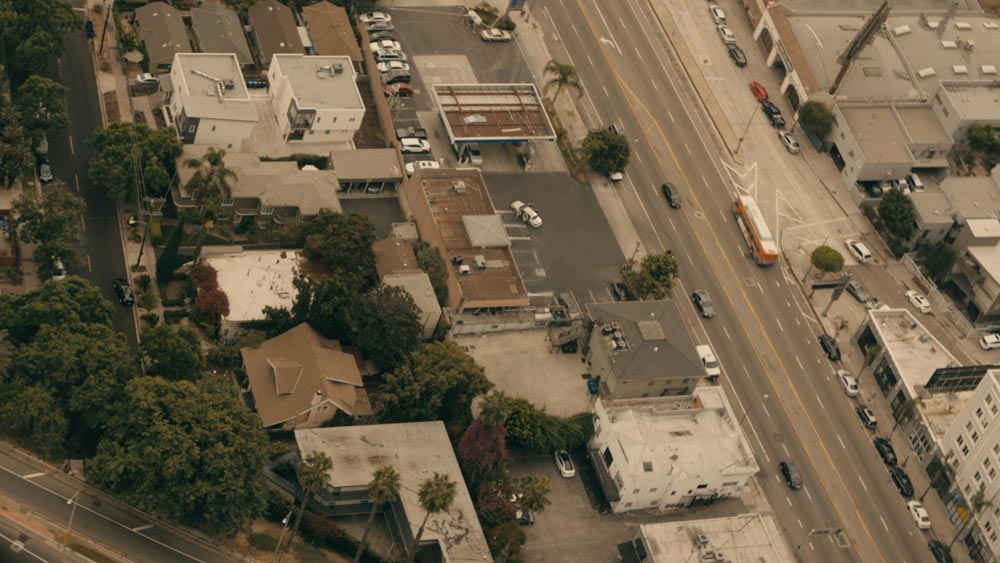
Peter: I was just watching a shot from an episode of Deputy – a helicopter aerial shot that was very bumpy – where Archie had to remove cars from a parking lot and add a CG Lincoln Continental, parked diagonally with all of its doors open. Though not in the script, it’s a huge story point that we were able to make up from stock footage of the sheriff's helicopter and their POV looking down at the getaway car. It’s a beautiful shot – while telling the story of everybody getting away.
I also know that the shot holds up because – doing the final color finishing at Technicolor – we can see it on a big screen as if it’s being projected in a theater. That makes me feel even more confident in the work that we're doing.
Since the show is shot in Albuquerque, and it wouldn’t be possible for Donato to be on set full time and get his work done in LA, one of the first things Chomsky did when he came on board was to find a local New Mexico VFX Data Wrangler (Jonas Huerta) who could get the team in LA all the files and information they needed to do their best VFX work.
Archie: Peter made a huge difference right from the start with that decision. I communicated with Jonas on a daily basis, he was able to collect exactly what we needed – and that’s when everything really started falling into place.
Another great thing about working with Peter is that he is incredibly detail-oriented, but at the same time he never loses sight of the big picture. He’s always asking: do we really need this effect here, just because it looks cool? Is this really critical to the storytelling?
Peter: I'm always about the story. But I understand the technical side of things too. There's no show today being made that doesn't have visual effects, whether it's beauty work, adding set extensions, monitor comps, paint outs. There's a lot of VFX work that goes into it, even on shows you might not expect.
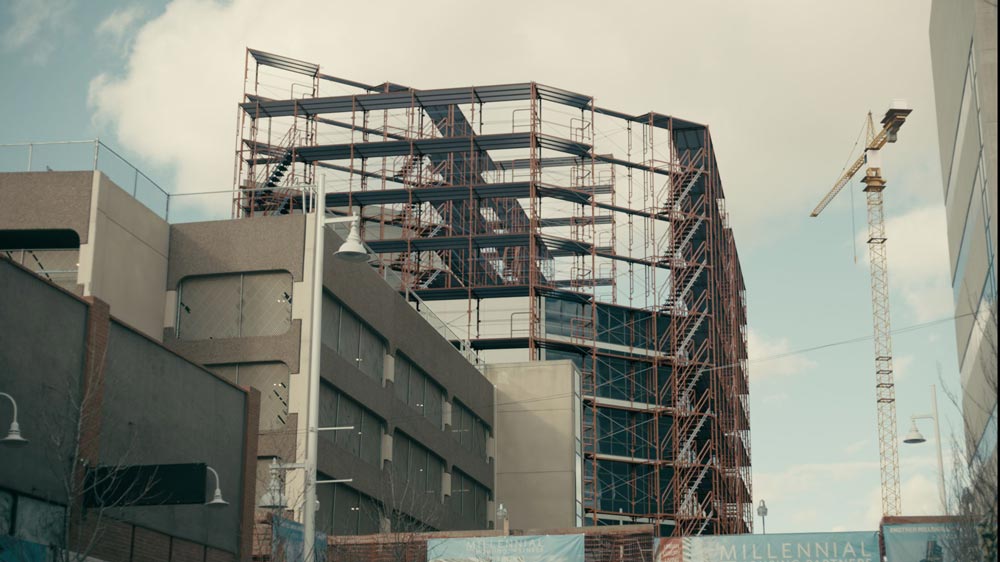
Tara: Deputy has allowed us to do a really wide breadth of VFX work. Really cool things like Tent City in downtown LA where we created the entire Skid Row area. And these incredible set extensions of downtown L.A. and the hills at night. We even got to create the California fires for Episode 106.
Archie: And crazy shootouts where we’re adding muzzle flashes, digital squibs, breaking glass. It’s really the full spectrum of visual effects on Deputy.
The homeless encampment mentioned also had to be surrounded by construction, to signify gentrification of the neighborhood. Actual buildings shot in Albuquerque were transformed to look like buildings under construction in LA. Construction cranes were added. And then there were the set extensions.
Peter: Beyond the building work, the team created set extensions for the whole second block, to look exactly like what our production designer had done on the set. We also added the hillsides of Glendale in the background, which really added to the feel of downtown L.A.
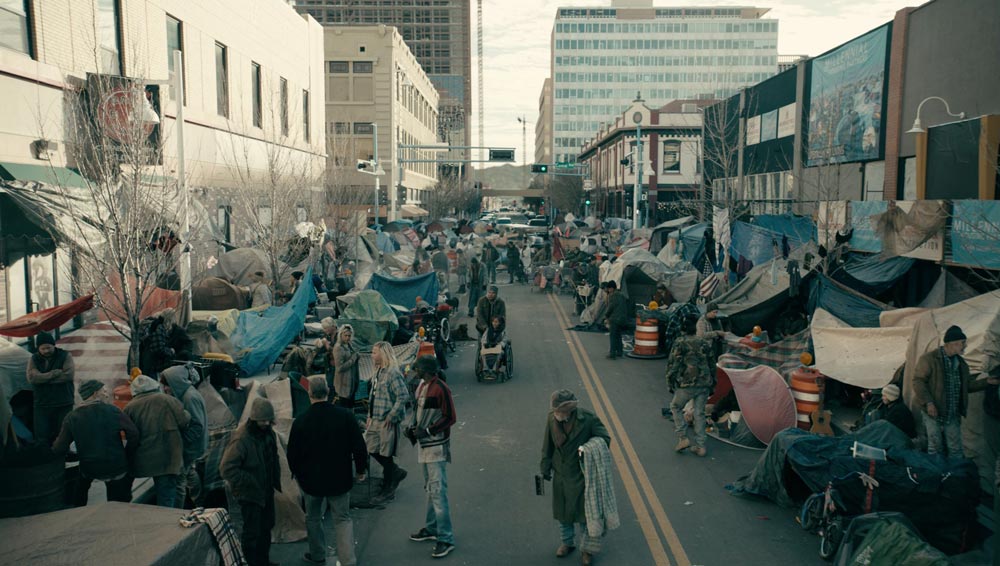
Archie: I spent a weekend on Skid Row, capturing the details with my camera and reference points of the views from downtown. I also took pictures of the actual tents that we used as models for our shots.
Peter: At one point, we had to get really creative. At the end of the block, there was a barricade shutting down the street for filming – which might have made sense for the story later. But not in the first shot when the deputies have just arrived at the crime scene and haven’t had time to put one up yet.
Archie: Painting it out would have been incredibly difficult and costly due to the moving traffic behind the barricade, and the people around it. So we needed a solution to cover it up instead, and I suggested taking a really big shopping cart piled with possessions, and putting that in front of the barrier to cover it up. That's the kind of creative collaboration that comes from the constant communication between us.
The team also got extra creative when it came to selling the city that Deputy is set in. Besides adding palm trees and geographically correct Los Angeles freeways, they found opportunities to identify neighborhoods with specific landmarks.
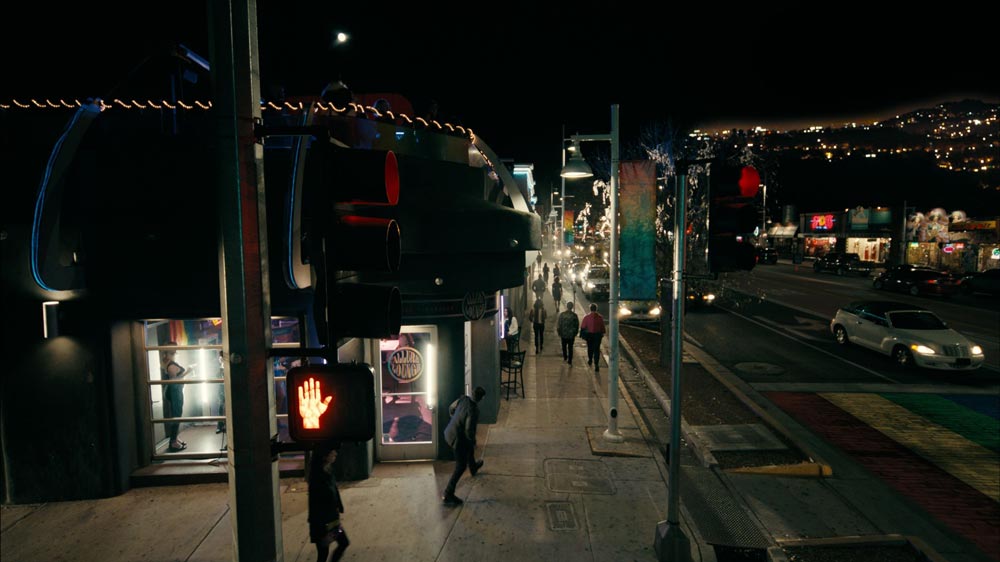
Peter: There was a night scene outside of a dance club that’s supposed to be in West Hollywood. We added the Hollywood Hills in the background beyond the buildings, but what really sold it was adding the rainbow crosswalk to the intersection – something Archie was able to deliver within hours of the idea.
Tara: We can turn things around that quickly because everything we need is right here, so we can get them everything they need when they need it. It’s like a well-oiled machine – and that includes getting the color just right, because it’s all internal to us here.
Peter: It comes back to that matter of trust. I know it’s going to be good, but I also know I’m going to meet the deadline – that it’s going to be faster in-house because it’s tied right into the color bay. So if I'm finishing a show here, I’m absolutely going to be doing the effects here. But it speaks so solidly of them that even when the show is being finished elsewhere, I still want Technicolor VFX working on the show.
Catch up on the first season of Deputy leading up to the finale On Demand on FOX.